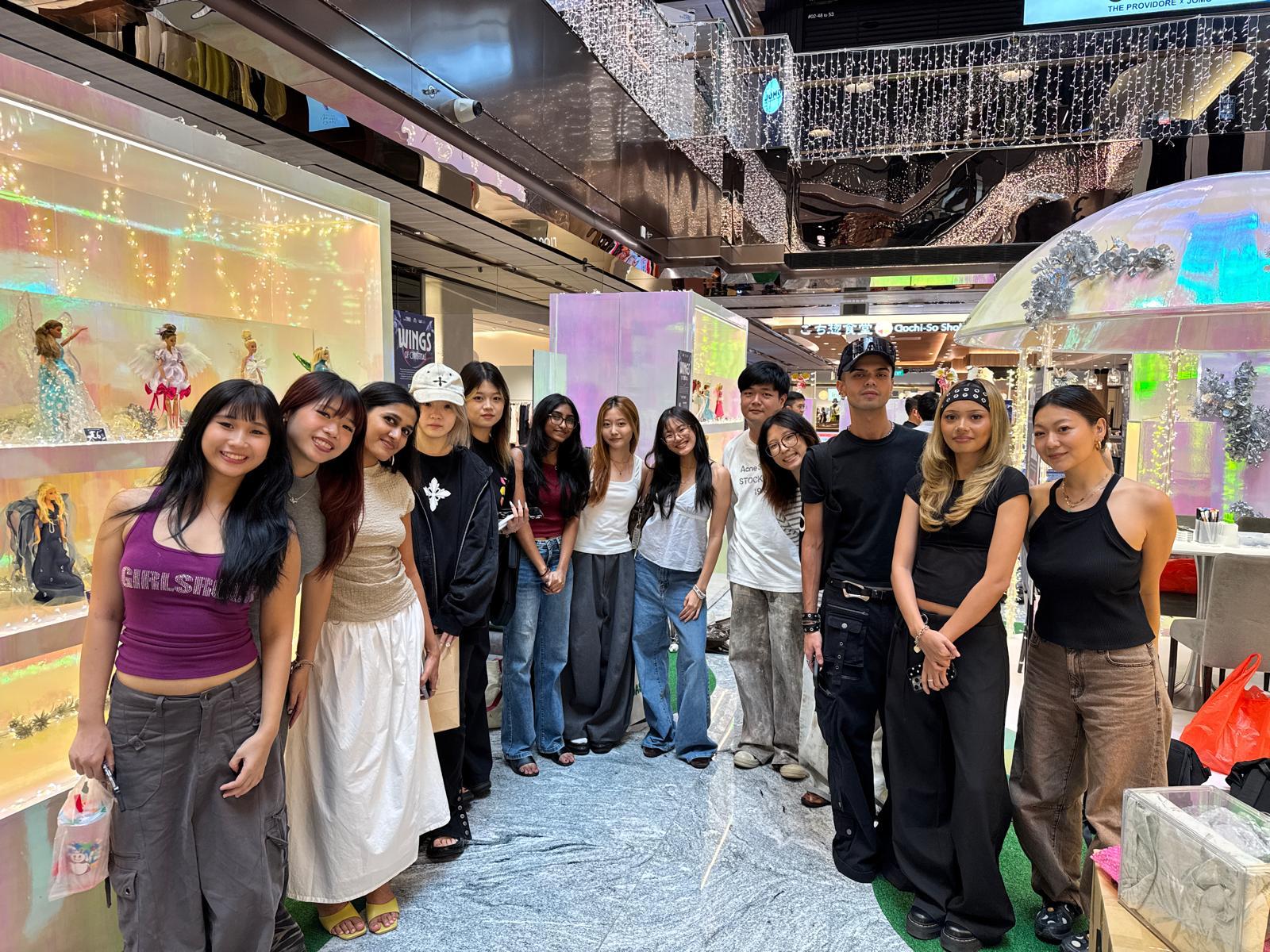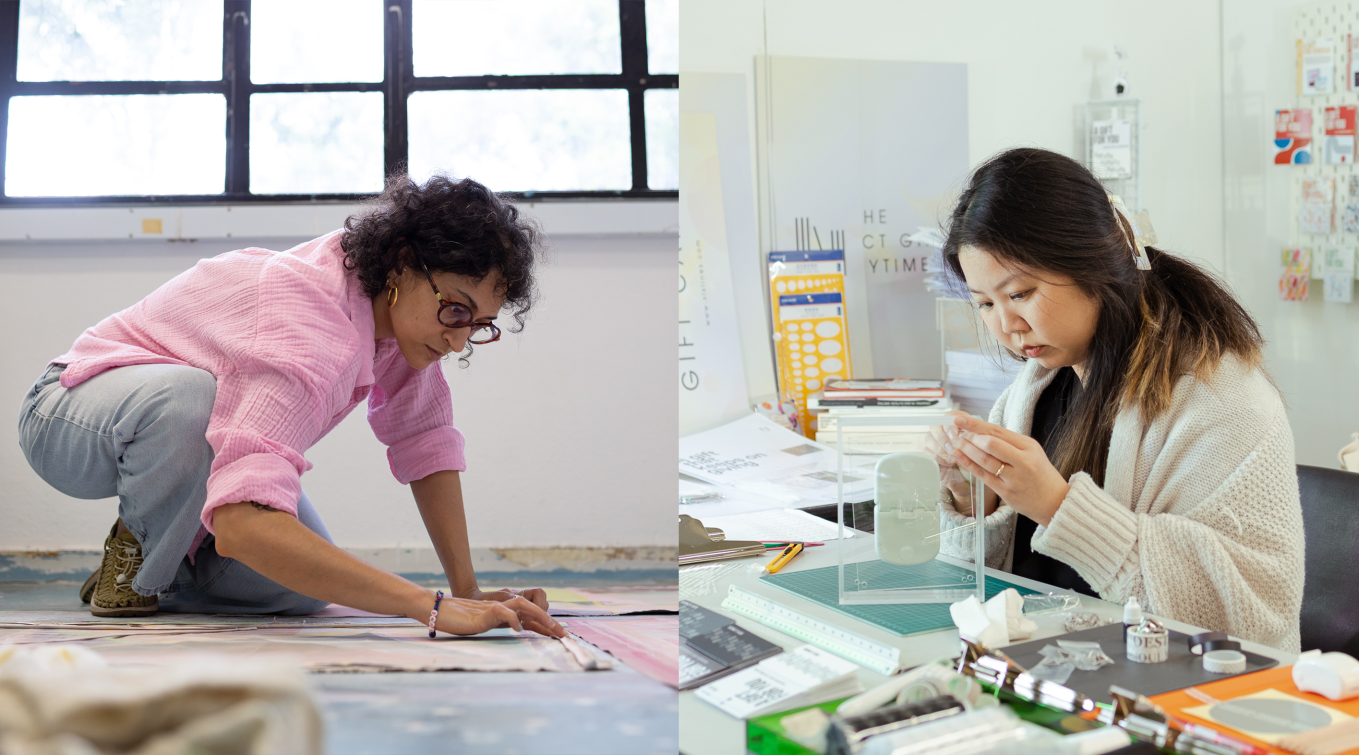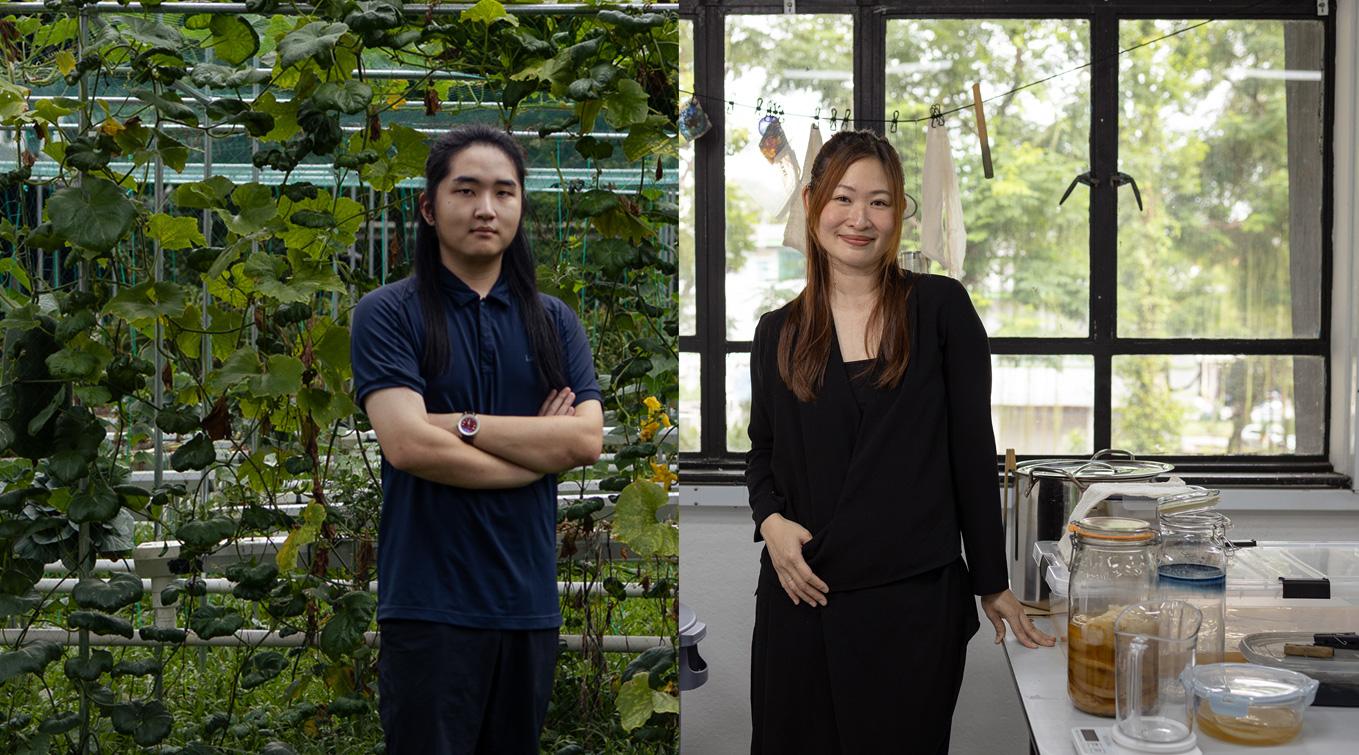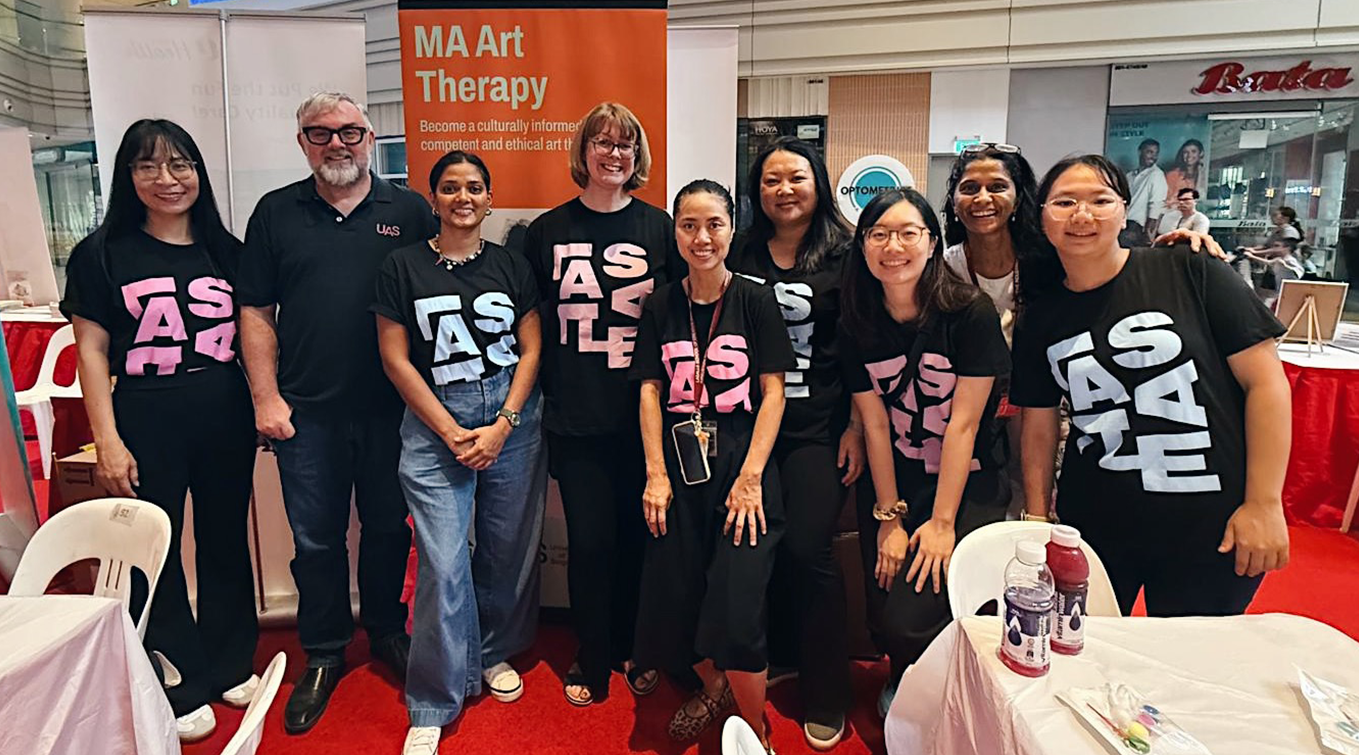What happens after art school? #2: Animation alumna Eunice Khoo on production managing Marvel films
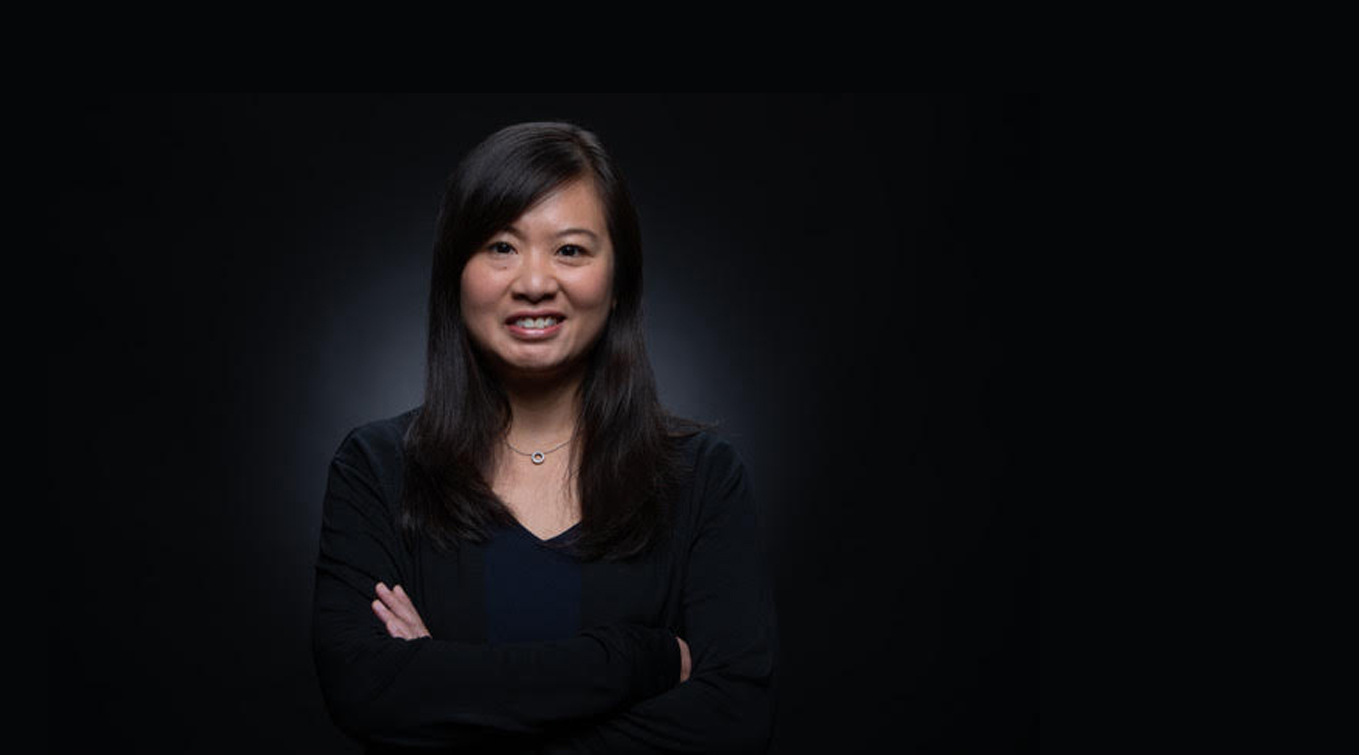
The Hunger Games. The Last Jedi. Guardians of the Galaxy. These are just some of the buzziest films and blockbuster franchises that Animation alumna Eunice Khoo has worked on since graduating from LASALLE in 2009. Her impressive resume includes some of the most prolific VFX houses in the Asia-Pacific region, including Wētā FX in New Zealand, Lucasfilm and Double Negative in Singapore, as well as Base FX in China.
Contrary to expectations and in spite of her specialism in animation, Eunice is not a VFX artist. Instead she has worked in various production coordination and management roles, rising to become a show production manager, in charge of planning and coordinating resources and timelines with the visual effects producer, supervisors and individual artists to deliver visual effects sequences effectively.
LASALLE’s BA(Hons) Animation Art programme is unique in developing students’ confidence, maturity and sense of responsibility. Our students learn to keep a cool head in difficult situations, work under tight deadlines and manage teams, all of which are necessary attributes for working in the fast-paced VFX industry.”
This career path is not unusual for LASALLE animation graduates, since production management is a soft skill students develop on the programme. “LASALLE’s BA(Hons) Animation Art programme is unique in developing students’ confidence, maturity and sense of responsibility,” said Puttnam School of Film & Animation head Chris Shaw. “Our students learn to keep a cool head in difficult situations, work under tight deadlines and manage teams, all of which are necessary attributes for working in the fast-paced VFX industry.”
We spoke to Eunice, currently in New Zealand working at the renowned Wētā FX, where she served as show production manager on Marvel TV series Moon Knight and is currently working on Guardians of the Galaxy Vol. 3. She shares her advice for current animation and media arts students keen to get their foot in the door to VFX companies, the importance of being bold and trying new things, as well as how a chance phone call from Chris changed the trajectory of her career.
How did you get your start in the VFX industry?
When I graduated back in 2009, I did not start out immediately in VFX because competition was very steep in the 2D animation and media industry. I worked as a digital marketing consultant with Singapore Press Holdings, dealing with advertising collateral for Google, Facebook and Yahoo. Throughout that time, I managed to keep in contact with industry partners that my Programme Leader Chris had invited to the BA grad show – I’m still in contact with some of them till today, as they were the ones whose careers we all aspired towards.
After a year and a half in digital marketing, Chris called me up one day on a job opening for a production assistant at Industrial Light & Magic (the VFX division of Lucasfilm), and asked if I wanted to give it a try. As you can imagine, I took the leap without any expectations and got a phone call a few days later that ILM was interested in interviewing me.
I took a pay cut as the position was entry level but that was enough for me to get through the door. For about a year into the job, I questioned my decision to take the job as the scope of work – organising meetings, pasting up images of storyboards for the feature and organising crew events for the show – wasn’t quite what I was looking for. However, once I gained more experience and moved up the ranks, it turned out to be one of the best decisions I have ever made.
Your training was in 2D animation, but you have now moved on to managing and coordinating — how have you navigated that shift?
To be honest, while I interned as a 2D animation artist and even went onto the Singapore-MIT GAMBIT Game Lab programme as a QA lead for games, I was never stellar at creating great images. My strengths were in analysing, writing dissertations and organising. Moving onto managing and producing wasn’t too much of a shift.
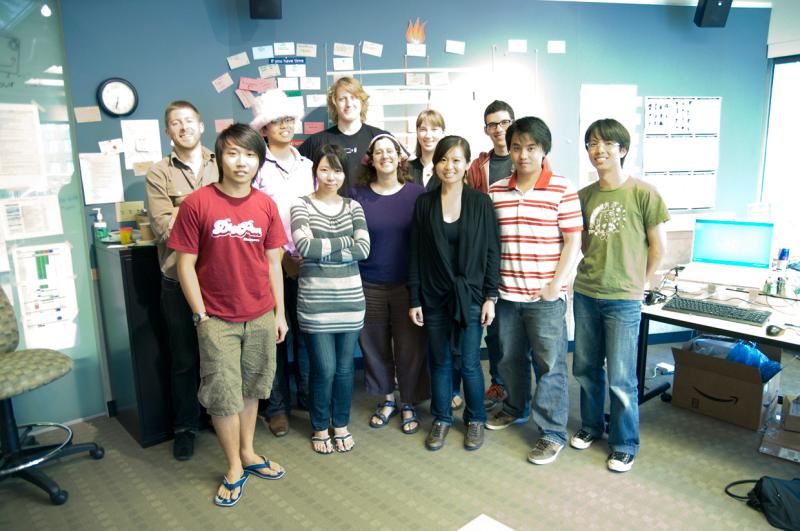
Eunice (front row, third from right) with fellow participants in the Singapore-MIT GAMBIT Game Lab.
How my media arts background has helped is that it allows me to look at VFX and understand how the work flows from one department to another even if I don’t do the work myself.
How would an average work day be like for you while on a high profile project such as Moon Knight?
My average day would be pretty long: 8 to 10 hours on a good day and even longer during crunch time. My main responsibilities on Moon Knight was working with the producer to ensure that the show comes in on time and on budget as well as assessing turnaround times with the VFX supervisor for what would be required to achieve the image that the director or client supervisor was after.
Despite the long hours, working alongside incredibly talented, yet humble, people who have been recognised by the Academy Awards or the Visual Effects Society Awards, and to have a voice and input into the creative images they have envisioned is an extremely rewarding experience.
The VFX industry is growing as films and TV series rely increasingly on CGI, motion capture and other visual effects. What kind of attributes do budding VFX artists need to have to work in a sector that is fast paced and quickly growing?
I would say to have an open heart to change as the industry is evolving rapidly – new technologies and ways of doing things are developing every day. Expand your skill sets to know what goes into the different departments of visual effects and be open to criticism if the VFX supervisors ask for changes. Don’t be too married to a single concept and not heed what your client is asking for.
Remember, regardless of how talented you are, attitude and passion for the work is one of the defining factors why you would be sought after.
What advice would you give to current students about applying to competitive industries and companies?
My advice is never to take ‘no’ as an answer when you face rejection in the industry and to be bold in trying for opportunities. At the end of the day, another person’s rejection should just be taken into stride and not be seen as a predetermined outcome of how your life will turn out to be.
For instance, when I applied for the Singapore-MIT GAMBIT Game Lab programme, I wasn’t nominated formally as a candidate for LASALLE, but I tried anyway. I asked then-lecturer Rashid Saini to look through my interview breakdown before my submission. He gave me the go-ahead and that led to my first overseas venture to the United States for three months, exchanging ideas with the brightest of minds.
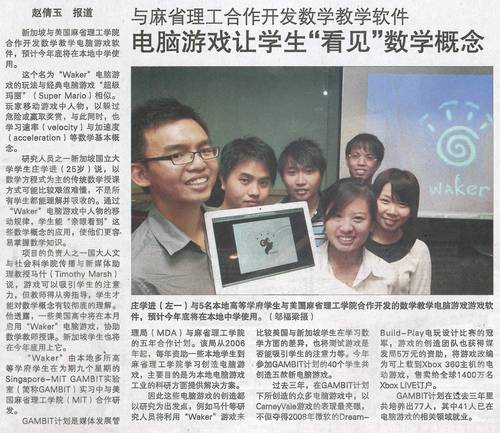
A Lianhe Zaobao article on Waker, a game developed by Eunice and her teammates on the Singapore-MIT GAMBIT Game Lab programme.
Also, don’t be afraid of starting from scratch when opportunity comes knocking on your door. When Chris called, I knew in my heart with 100% certainty that if I didn’t try then, I might miss out on this opportunity forever.
Looking back at your time at LASALLE, what takeaways have served you well as you’ve worked in the industry?
Back in LASALLE, I had a chance to be an artist and to think creatively alongside my teachers who challenged and exposed me to different media of art. I had the time to channel my emotions into art and also the bandwidth to play with weird ideas.
Having the perspective of an artist has allowed me to think beyond a typical production person who may be more fixated on numbers and schedule reporting. I’m also able to view images as an artist, and so if an image isn’t working that well, I’m able to advise the supervisors around me that the image may not be looking visually right.
13 years down the road, I can say there are no regrets and I thank all my teachers, mentors, friends and family for making me who I am today – especially my spouse Feryl Lim who has supported me in every career decision and country that we have moved to.
‘What happens after art school?’ is an ongoing series that follows our alumni’s work/life after LASALLE. Other instalments:
#1: Miso Choi on how LASALLE set her on the path to Harvard
#3: Nikhil Amarnani on starting his own recording studio
#4: Tan Wei Xiang on taking the time to build your portfolio
#5: Kiat Tan Wei Jie on not stressing over the destination
#6: Felicia Toh on breaking into a competitive industry






